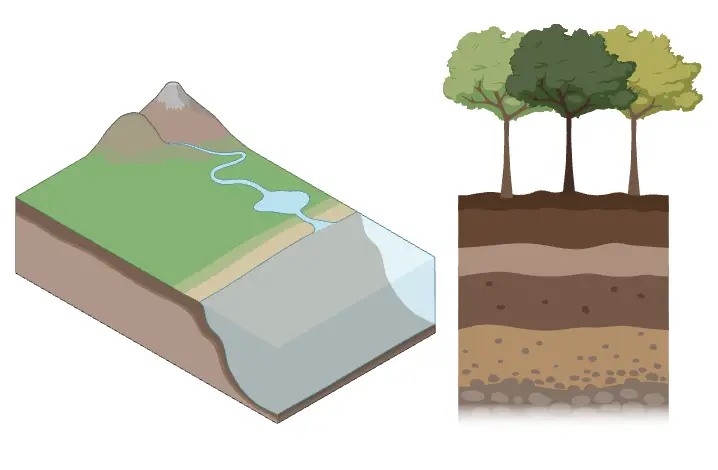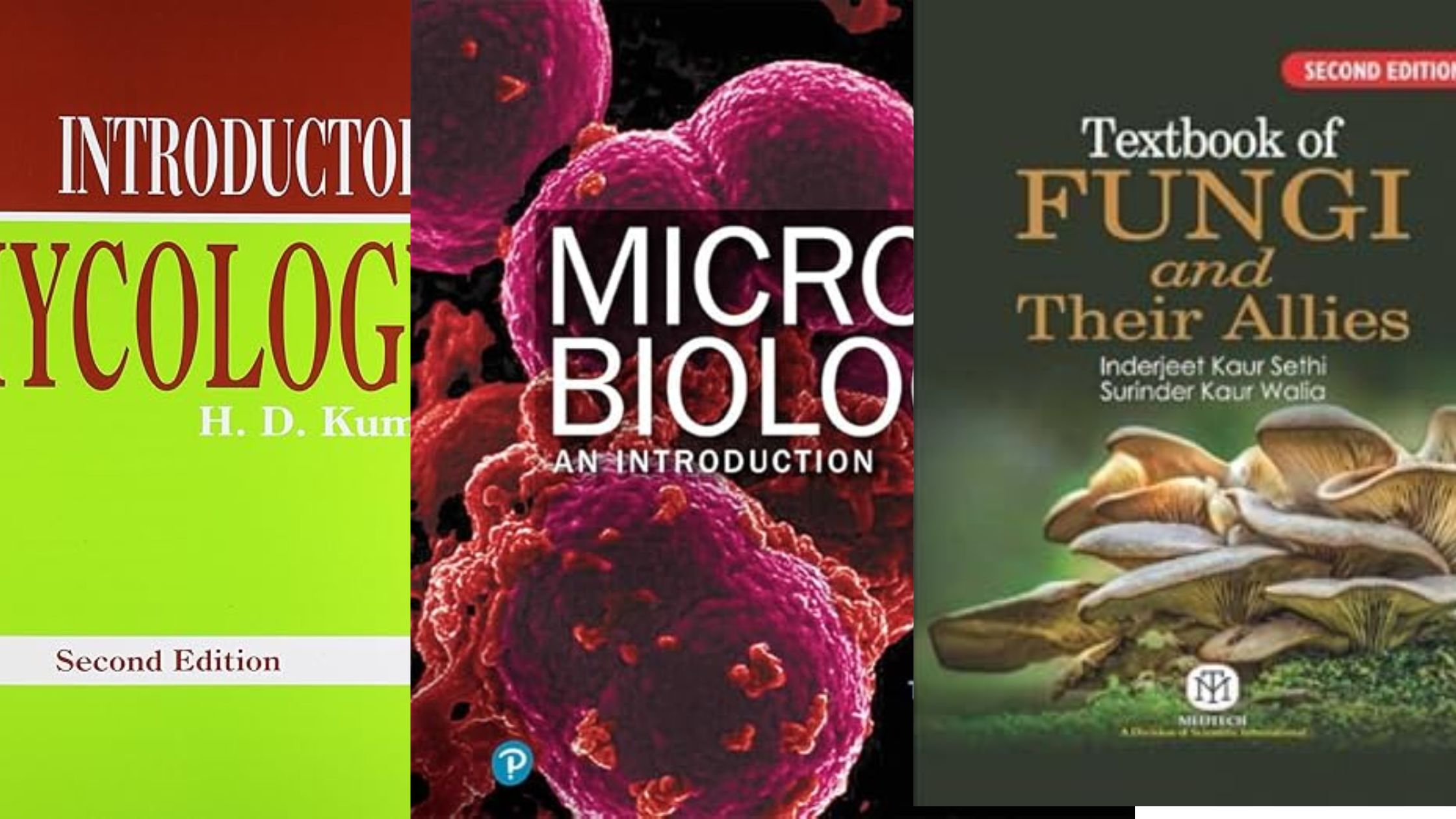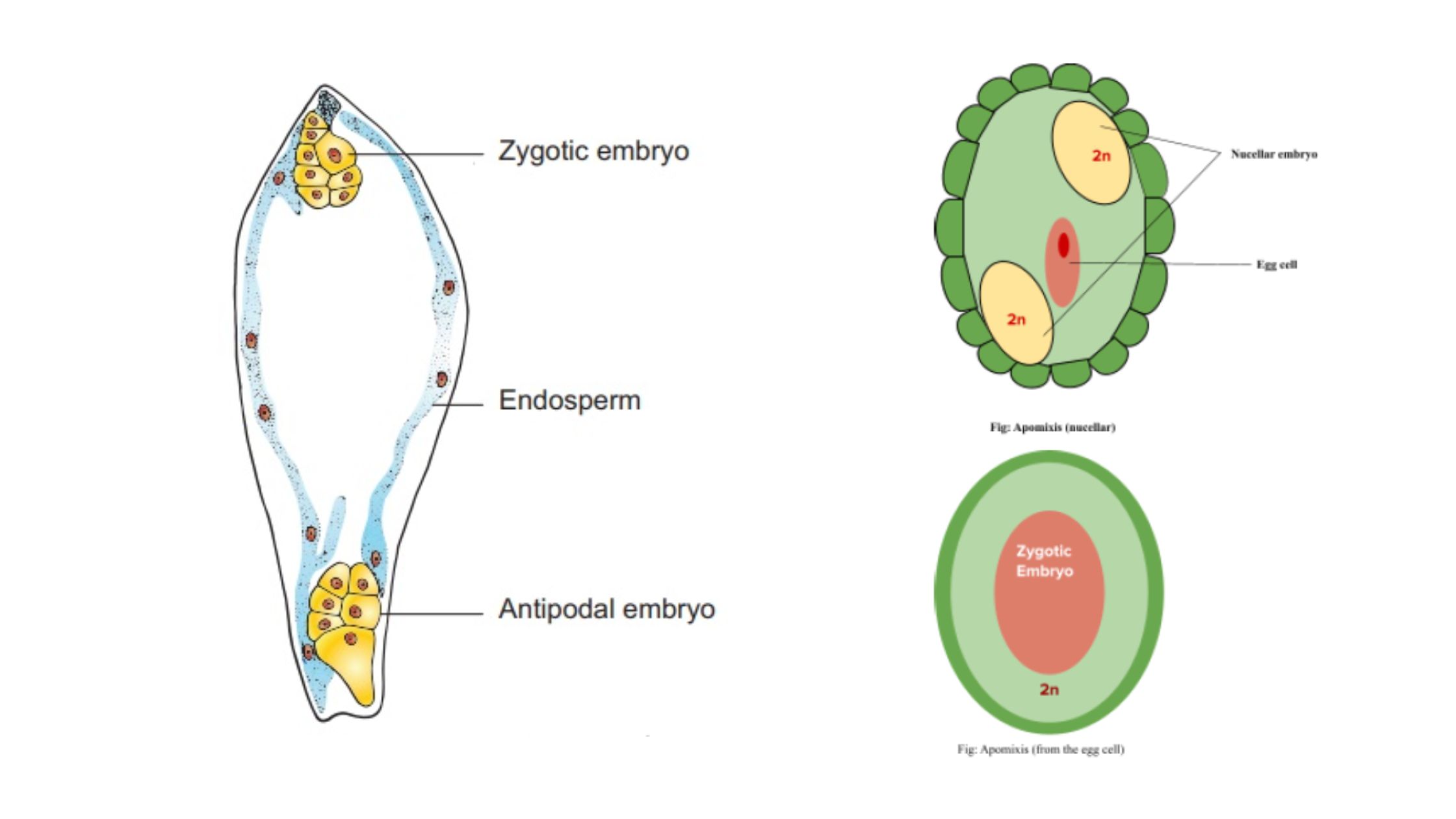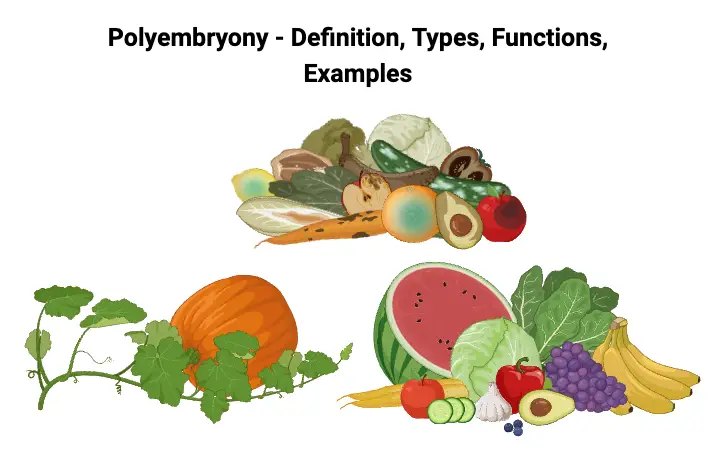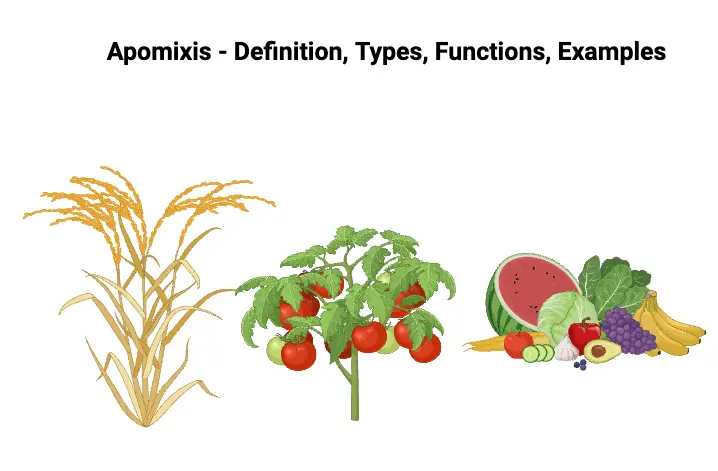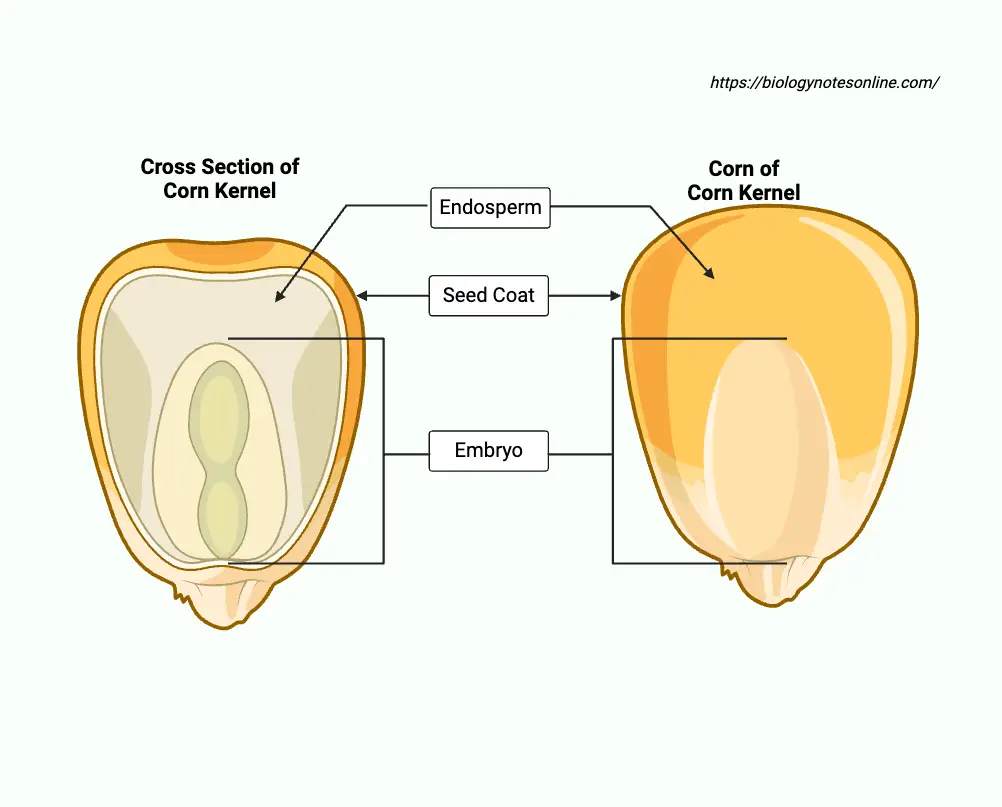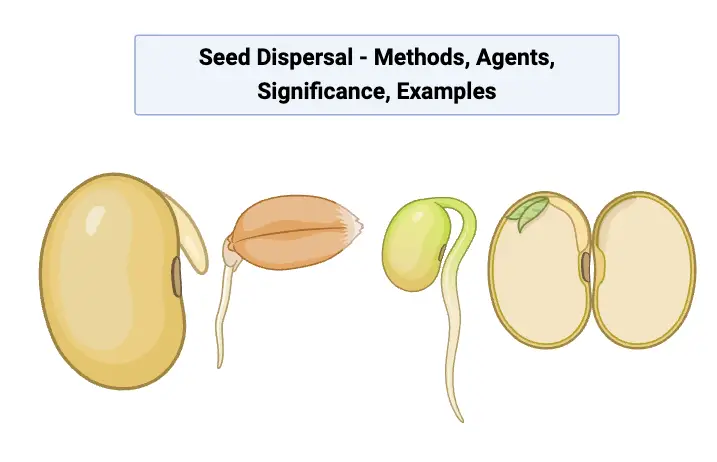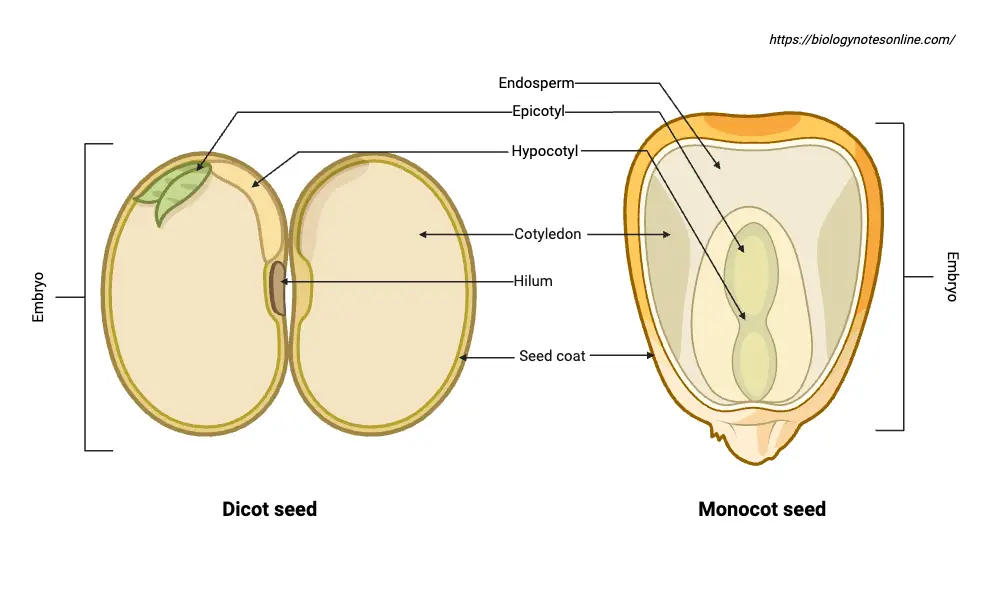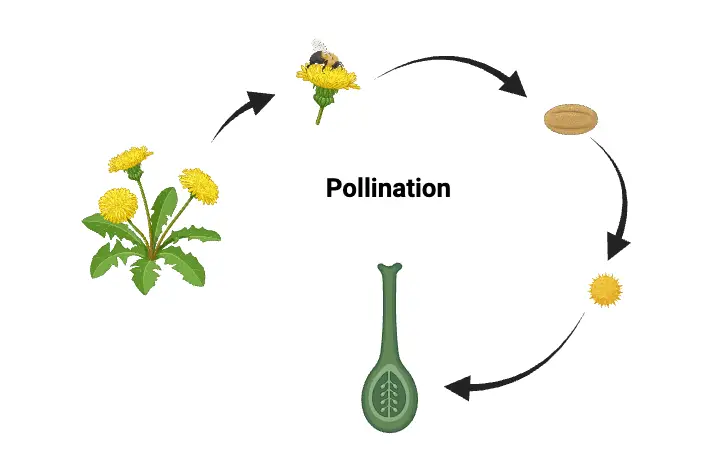What is Plant Water Relation?
What are Plant-water Relations? Importance of water to plants Properties of Water Property Value and Units Cohesive Strength >25 MPa Surface Tension 0.073 N m⁻¹ at 20°C Viscosity 0.0018 Pa s at 0°C 0.0010 Pa s at 20°C Diffusion Coefficient of Small Solutes ∼1×10⁻⁹ m² s⁻¹ Molar Volume (Pure Water at 20°C) 1.81×10⁻⁵ m³ mol⁻¹ … Read more
